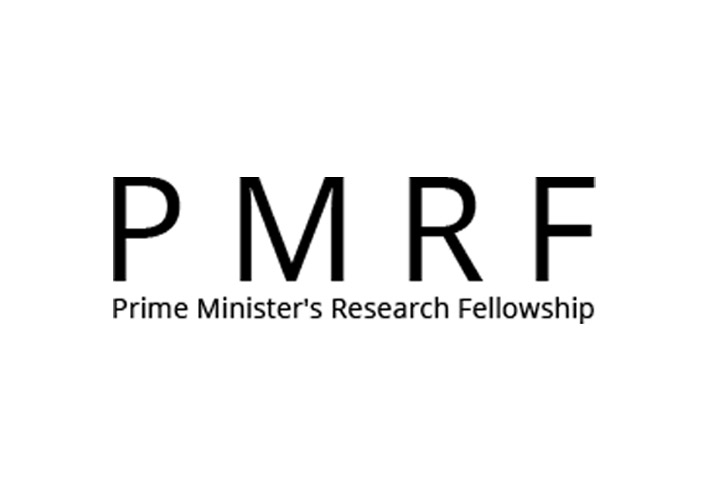Research Highlights
Congratulations to Mr. Abhishek Jain and his supervisor, Dr. Debanjan Guha Roy, and Co-Supervisor Dr. Trishikhi Raychoudhury for publishing an article titled "Comparative efficacy of raw and modified magnesite in the defluoridation of aqueous solutions" in the International Journal of Science Direct's "Desalination and Water Treatment"

Abstract
Groundwater contamination with fluoride poses a significant global health challenge, critically affecting over one-third of the population in the north western state of Rajasthan, India. This study investigates the possibility of using magnesite, a readily available mineral in the area, as a cost-effective and locally producible option for removing fluoride. We investigated the fluoride adsorption capabilities of magnesite samples, subjected to various treatments including heat treatment at 600 °C, cold-plasma treatment, and coating with aluminium hydroxide to enhance their adsorption efficiency. The results showed that both heat-treated and cold-plasma treated magnesite had excellent abilities to remove fluoride. The cold-plasma treated samples had the highest adsorbent capacity, reaching a maximum of 9.92 mg/g at pH 9. The adsorption effectiveness of both untreated and modified magnesite was continuously high within the pH range of 5–10. It is discovered that at pH values lower than or equivalent to the point of zero charge, the capacity to remove fluoride remains mostly unchanged. This implies that the primary aspect contributing to fluoride removal is mainly due to non-specific adsorption mechanisms including columbic forces. These favorable results suggest that, while the modified magnesite demonstrates marginally improved performance, the raw magnesite powder may offer greater cost-effectiveness.













